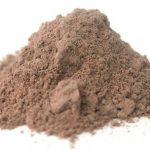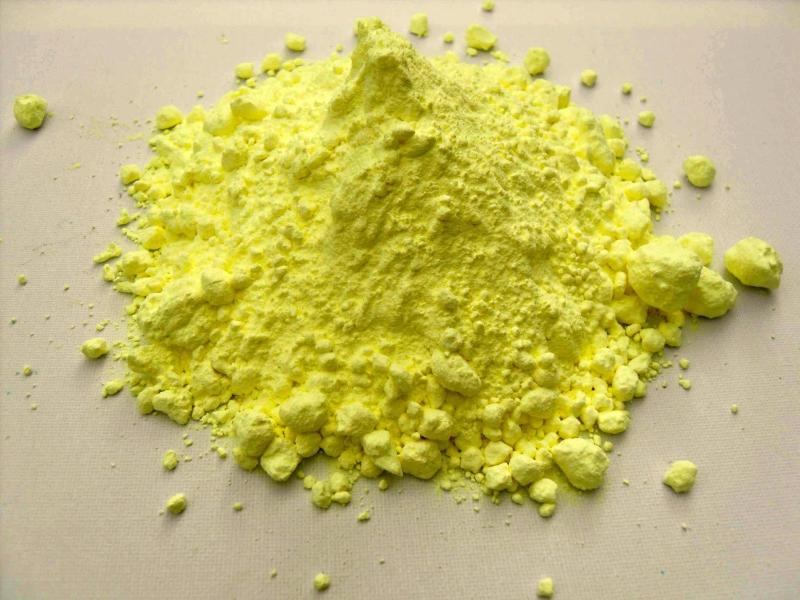
Psoriasis Reduction with Seaweed – My Personal Experiences
A definition to start with –
Thalassotherapy – (from the Greek word thalassa, meaning “sea”) is the medical use of seawater as a form of therapy. It is based on the systematic use of seawater, sea products, and shore climate (seaside air & sun).
Applying Seaweed pastes to the body and taking baths in seawater have also long been used to treat psoriasis. Many persons suffering from psoriasis, I included, report that using Seaweed pastes seems to reduce their skin plaques / psoriatic lesions.
I add Seaweed to some of the soaps that I make. It seems to help reduce my skin plaques / psoriatic lesions quite dramatically. It seems to be especially effective on reducing the psoriasis on my scalp; I have much less dandruff when I wash my hair with my Seaweed soaps.
Lebel makes a shampoo with Seaweed which has a high reputation – link – but it is relatively highly priced. I do not use it myself. Most of my soaps also contain Sulphur and Illipe Butter, so I cannot say for sure that it is the Seaweed that is helping me.
I also adore sea bathing. Once again, many persons suffering from psoriasis, myself included, report feeling reduced psoriasis symptoms after swimming in the ocean, but this may also have to do with sun exposure, which has been found to improve psoriasis symptoms.
Regrettably, there seems to be no serious scientific studies on the therapeutic effects of either Seaweed applications, or of sea Bathing. The reason for this is almost definitely that there would be no commercial benefit flowing to any businesses such as drug companies as a result of funding such studies.
Excerpts from some of the ‘better’ websites which I have visited & bookmarked in recent months –
1) There are newspaper articles discussing seaweed treatment – but some I have read sound rather like advertorials – example –
A decade of pain and shame until seaweed therapy finally cured my psoriasis
“……my daughter met someone who offers seaweed therapies and suggested I gave it a go.
It involved mixing up a paste from seaweed powder, placing it on my skin and wrapping it in cling film.
Initially, I was doing this every other day and I was adding the powder to my bath water.
Over two or three months, my skin improved dramatically. Now I only need to use the seaweed occasionally, along with moisturisers.”
The connected site’s page on Psoriasis –
2) A news article about an Irish company which offers Seaweed products.
The beautiful business of Connemara’s seaweed skin care
Ri na Mara, a small, family-owned, Connemara-based company is giving many of the beauty industry bigwigs a run for their money.
“I started out as a staff nurse in a dermatology unit,” director and founder of Ri na Mara Deirdre Ui Chathmhaoil explains. “I was always passionate about natural skincare and natural treatments and applications for skin conditions such as eczema and psoriasis. So to get a better understanding of natural skincare I studied cosmetic science and when I graduated I became a member of the Society for Cosmetic Scientists. This gave me a better understanding of ingredients and different applications, which were natural, but which really benefit the skin.”
Ri na Mara – I haven’t tried their products myself.
3) And from a surfing website – positive words & lovely imagery – but once again, no scientific proof.
The health benefits of sea water
Sea water can be a natural drug and medicine. It stimulates our body and promotes the feeling of well-being that surfers very well know. If you live by the beach or spend a lot of time in coastal areas, you know how receptive we are to sea-sprayed shores.
So, what does sea water contain? On average, sea water has 3.5 percent of salt (sodium chloride). In other words, for one liter of water, you get 35 grams of salts. And then, small parts of magnesium, sulfate and calcium.
Although still not scientifically proven, thalassotherapy uses sea water and sea-based products made from algae, marine salt, mud, seaweed, and ocean water to eliminates skin problems.
But salt water has many other surprising benefits:
Sea water cleans your skin
The mineral salts team up with the sun to regenerate your skin. As a result, ulcers, lupus, acne, and psoriasis are some of the diseases that can be easily cured with sea water.
Sea water strengthens the immune system
The number of red blood cells increases between five to 20 percent after a swim or bath in the sea. The number of white blood cells increases even more. Sea water is a fantastic medicine for people with a weakened immune system, anemia, and high blood sugar levels.
Sea water slows down the development of rheumatism
Ocean water combined with exercise is a great medication for bone and muscle pain, arthritis, circulatory, and postsurgical issues.





